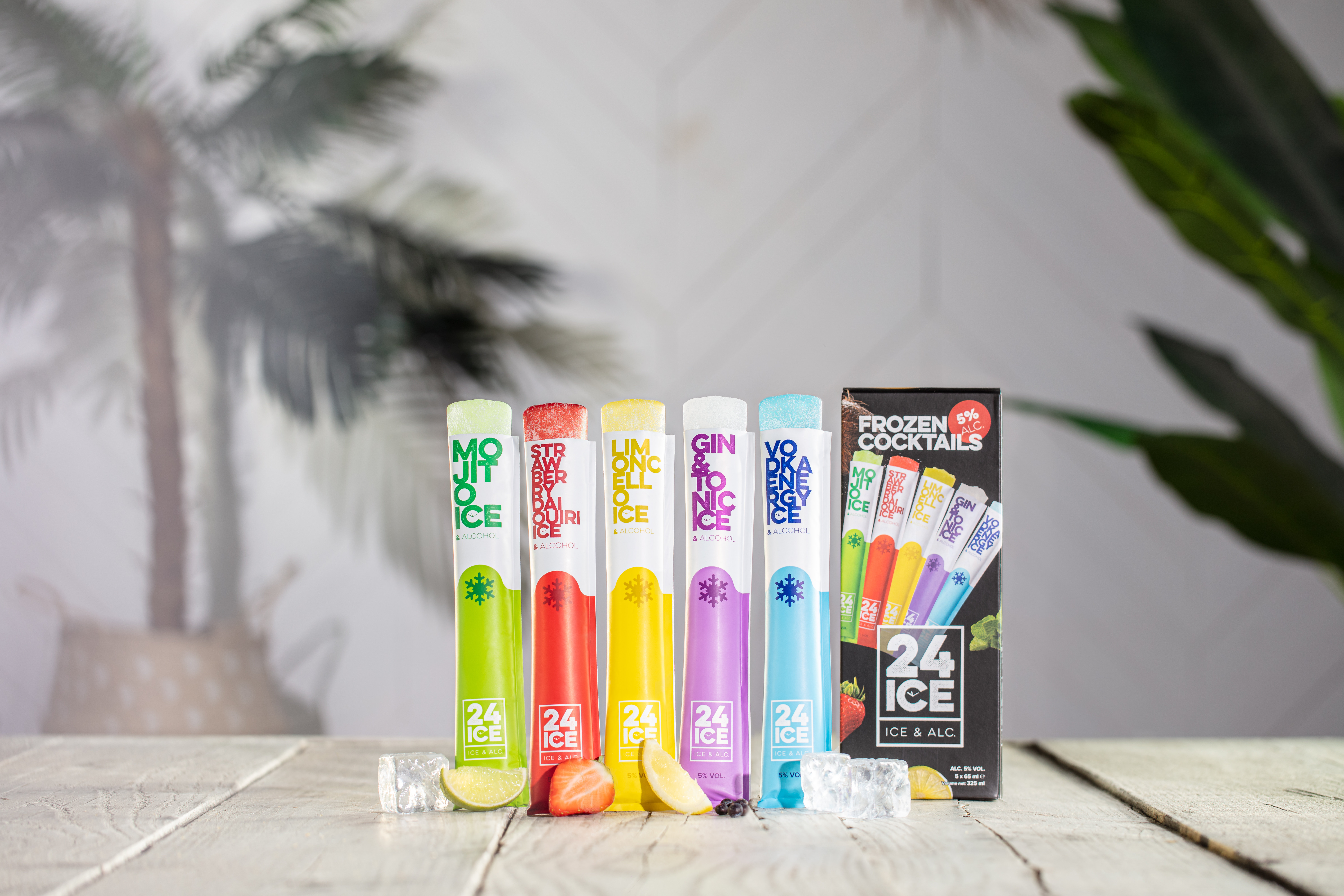


Introduction
In the ever-evolving landscape of healthcare, the importance of effective medical device packaging cannot be overstated. Medical Device Packaging: Design Considerations for Compliance and Safety is a pivotal aspect that directly impacts patient safety, product integrity, and regulatory compliance. This article delves into various dimensions of medical device packaging, exploring its critical role in ensuring the safe delivery of medical products to healthcare providers and patients alike.
With advancements in technology and increasing regulations, designers must balance functionality with compliance. The implications of poor packaging can lead to compromised sterility, damaged devices, and ultimately affect patient outcomes. Therefore, understanding the principles behind effective medical device packaging is essential for manufacturers aiming for success in this competitive market.
Understanding Medical Device Packaging
What Is Medical Device Packaging?
Medical device packaging refers to the materials and methods used to enclose medical devices for protection during storage, shipment, and use. It encompasses various forms including boxes, blister packs, pouches, and more. The primary goal is to ensure that these devices remain sterile until they are ready to be used.
Why Is Packaging Important in Healthcare?
The significance of packaging extends beyond simple containment. It plays a crucial role in:
- Sterility Maintenance: Ensures that devices remain free from contamination. Regulatory Compliance: Adherence to strict regulations set forth by governing bodies like the FDA. User Instructions: Provides essential information on usage which can impact patient safety. Branding: A well-designed package enhances brand recognition.
Key Regulations Governing Medical Device Packaging
To ensure compliance with industry standards, it's crucial to understand the regulations surrounding medical device packaging. The two primary regulatory bodies are:
Food and Drug Administration (FDA) - In the United States, all medical devices must meet FDA requirements which include testing methods for packaging integrity. International Standards Organization (ISO) - ISO 11607 outlines specific requirements for packaging used for terminally sterilized medical devices.Design Considerations for Medical Device Packaging
Material Selection
Choosing the right materials is paramount in designing effective medical device packaging. Common materials include:
- Polyethylene: Commonly used for pouches due to its flexibility. Polypropylene: Offers excellent moisture barrier properties. Tyvek®: Known for its strength and breathability; ideal for sterile applications.
Barrier Properties
Barrier properties are crucial for maintaining sterility over time. The chosen material should protect against:
- Moisture Oxygen Light Microbial ingress
Compatibility with Sterilization Methods
Different sterilization methods require compatible packaging materials:
- Ethylene Oxide (EtO): Requires materials that can withstand gas permeation. Gamma Radiation: Materials must endure radiation without degrading or losing their protective qualities.
Ease of Use
Packaging should facilitate easy access while minimizing contamination risks. Design features may include:
- Tear notches Easy-open seals Clear labeling
Customization in Medical Device Packaging
Importance of Customization
Customizing medical device packaging allows manufacturers to tailor solutions based on individual product needs. This includes considerations like size, shape, and user interfaces.
Benefits of Custom Medical Packaging
Improved Product Protection Enhanced User Experience Better Brand DifferentiationSustainability in Medical Device Packaging
Why Focus on Sustainable Packaging?
Sustainable practices are becoming increasingly important across industries, including healthcare. By adopting sustainable materials and practices in medical device packaging design, companies can significantly reduce their environmental footprint while also appealing to eco-conscious consumers.
What Is Sustainable Packaging?
Sustainable packaging refers to utilizing materials that are environmentally friendly throughout their lifecycle—from production through disposal—ensuring minimal negative impact on the planet.
Types of Sustainable Materials Used
Several biodegradable alternatives exist within the realm of sustainable medical device packaging:
Biodegradable Plastics Recycled Paperboard Natural Fiber CompositesRegulatory Aspects of Sustainable Packaging
It’s essential to ensure that any sustainable materials used still comply with existing regulations surrounding safety and sterility.
Testing & Validation Process
Importance of Validation in Medical Device Packaging
Validation ensures that packaging meets all necessary standards before it reaches consumers or healthcare providers.
Types of Testing Required
Seal Integrity Tests Sterilization Validation Environmental Conditioning TestsChallenges in Medical Device Packaging
Despite advancements in technology and design methodologies, challenges persist within this sector:
Compliance with diverse international regulations. Balancing cost-efficiency with high-quality standards. Addressing user demands for ease-of-use versus complexity in design.FAQs about Medical Device Packaging
1. What are common types of medical device packages?
Common types include pouches, rigid containers, sterile wraps, blister packs, and cartons designed specifically for individual devices or kits.
2. How does sterilization affect package design?
Sterilization can affect package material choices since some may degrade under certain conditions or fail to provide an adequate barrier post-process.
3. Why is user-friendly design important?
A user-friendly design minimizes risk during unpackaging and enhances overall usability while maintaining sterility until use.
4. What role does labeling play?
Labeling provides critical information regarding usage instructions which are vital particularly during emergency situations when speed is imperative.
5. How do I choose a reliable supplier?
Evaluate suppliers based on certifications (e.g., ISO), customer reviews, prior work examples, compliance history with relevant regulations like FDA guidelines.
6. Are there trends affecting medical device packaging?
Yes! Trends such as increasing demand for eco-friendly solutions alongside technological advancements in smart packaging are shaping how manufacturers approach design Custom Packaging today.
Conclusion
In sustainable food packaging summary, effective medical device packaging is a multifaceted endeavor requiring careful consideration across various domains including material selection, regulatory compliance, customization options as well as sustainability initiatives—all contributing toward improved health outcomes through enhanced product integrity and user safety measures within our healthcare systems today.
This article has provided insights into essential considerations around "Medical Device Packaging: Design Considerations for Compliance and Safety". Understanding these factors not only aids manufacturers but also benefits end-users by ensuring safety throughout the lifecycle of these critical devices.